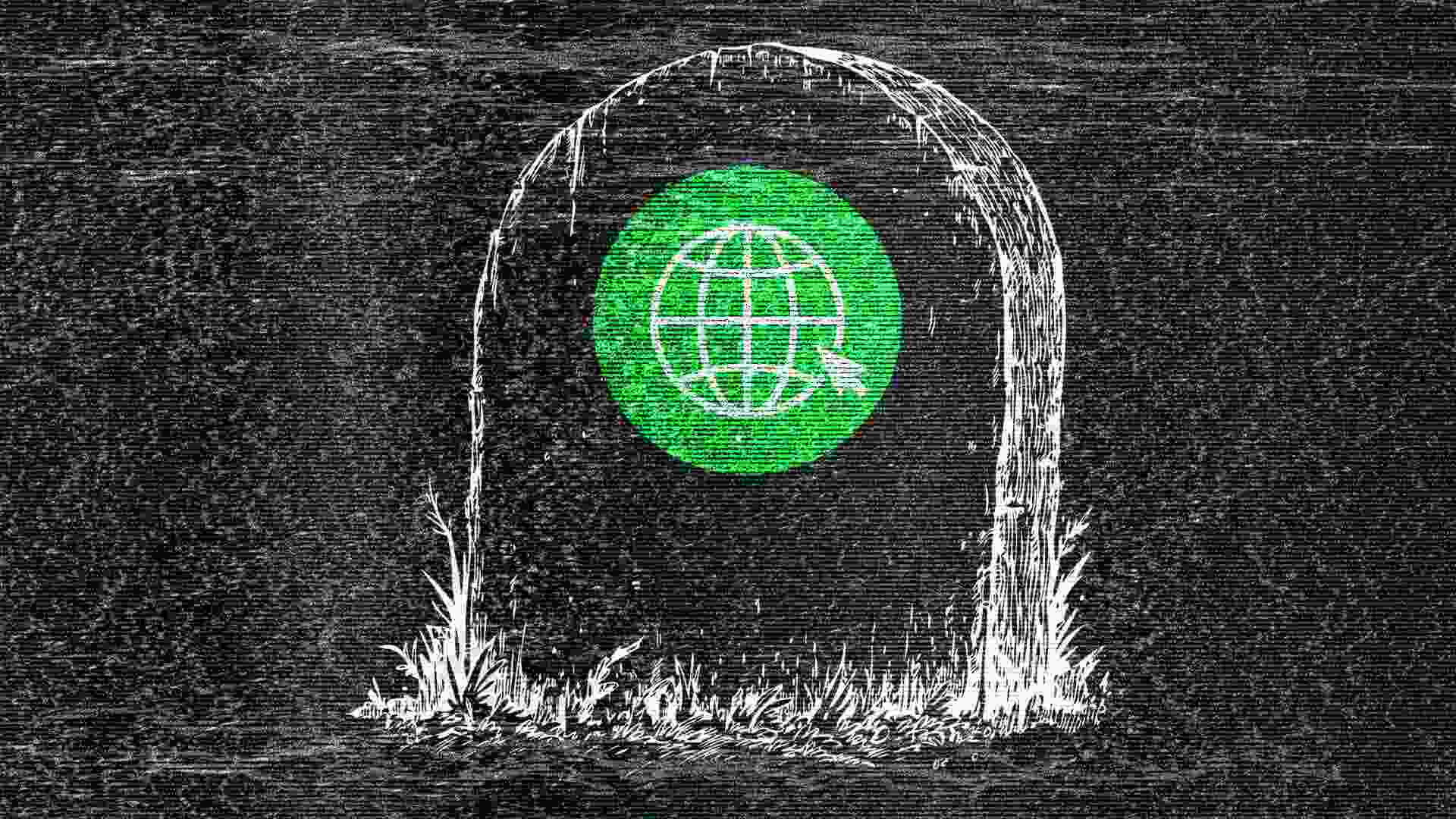- | 8:00 am
Is the ‘Dead Internet’ theory suddenly coming true? This could be a sign
We’re talking about what TikTok could be planning with AI influencers.

There’s been a popular theory floating around conspiracy circles for about seven or eight years now. It’s called the “Dead Internet” theory, and its main argument is that the organic, human-created content that powered the early web in the 1990s and 2000s has been usurped by artificially created content, which now dominates what people see online. Hence, the internet is “dead” because the content most of us consume is no longer created by living beings (humans).
But there’s another component to the theory—and this is where the conspiracy part comes into play. The Dead Internet theory states that this move from human-created content to artificially generated content was purposeful, spearheaded by governments and corporations in order to exploit control over the public’s perception.
Now, as a novelist, I love this theory. What a great setup for a tense techno-thriller! But as a journalist, I always thought it seemed pretty bonkers. That is, until recently. Lately, the Dead Internet theory is starting to look less conspiracy and more prophetic—well, at least in part.
AI SLIME
Let me address the conspiracy part of the theory first. While all nation-states and corporations try to control narratives to some degree, it’s unlikely that any one or even group of them got together and said, “Hey, let’s get rid of all the human-generated content online and replace it with artificially created content.” It would be too arduous a task and would require tens of thousands—maybe even hundreds of thousands—of people to keep their mouths shut so the public never finds out.
But the first part of the theory—that the internet’s human-created content is being replaced with artificially generated content—not only seems possible, it’s starting to feel plausible. This idea got its start sometime in the 2010s as bots became more and more prevalent on social media platforms. But an old-school bot never had the technological ability to generate completely fabricated images, videos, websites, and news articles. AI does.
Ever since ChatGPT burst onto the scenes in late 2022, people have been using it to generate content for websites, social media posts, and articles of all kinds. People have also been using AI image-generation tools to create an unending flood of photos, videos, and artwork, which now abound on mainstream social media platforms like Instagram, Facebook, Twitter, YouTube, and TikTok.
In recent months, this flood of AI-generated content has gotten especially bad on TikTok. Sometimes every second or third video I see in the app is AI-generated at every level: from the script to the narration to the accompanying images. And man, don’t get me started on Facebook—I mean, can I introduce you to shrimp Jesus?
Some have started to refer to this type of content as “AI slime” (your feeds are covered in it).
What’s worse than this flood of AI-generated slime taking over our social media feeds is that many people, especially in older generations, don’t always appear to realize that the images or bits of content are AI-generated. Based on the comments posted, many seem to believe the images are real photos or artwork created by actual human beings.
And worse than that? It also seems that many of the accounts that are posting this AI-generated slime are getting their engagement from other accounts that also appear to be AI-controlled. That’s bad not just for the social media platform’s users but also for its advertisers.
If the AI-generated slime continues to proliferate across social media, advertisers could very well end up spending their budgets to place ads next to AI-generated content that gets most of its engagement from other accounts run by that AI. Not from, you know, actual humans with money to spend.
Most social media platforms have generally hated this glut of AI-generated slime, understanding that it’s the kind of low-value content that human users abhor. Yet now it seems like some of these platforms themselves may be looking to unleash even more AI slime upon us.
IF YOU CAN’T BEAT THEM . . .
As reported by The Intercept, TikTok—one of the biggest repositories of AI slime—is exploring the possibility of releasing virtual influencers to compete for brand deals against its human influencers. Instead of a brand paying a human influencer five or six figures to flog its clothes or cars (a sum TikTok doesn’t get a cut of) the platform wants to offer brands the option of using its own AI-powered influencers.
And it’s not just TikTok that seems happy to clutter its platform with more AI-generated content. As The New York Times reports, Meta’s Instagram has begun testing a program that would allow its most popular influencers to turn themselves into AI-powered chatbots so they can engage with users without, you know, actually having to engage with users themselves.
Is there a greater example of platform-sanctioned AI slime than this? I can’t think of one.
AN INTERNET ON LIFE SUPPORT
I used to think that the Dead Internet theory was just that—a theory, and an improbable one. Bots existed, but it was unlikely that the relatively dumb bundles of code behind them could have wiggled their way into every nook and cranny of the internet, generating nearly all of its content.
But with AI, it’s now possible that such a thing may happen, that AI could come to generate the majority of the content we humans see on the web. Indeed, a 2022 report from European law enforcement agency Europol pointed out that experts believe that as much as 90% of online content may be synthetically generated by 2026—90%!
If that’s the case, humans who want to engage with other humans and their creations may, for the first time in decades, have to avoid the internet and—gasp—return to the real world for authenticity. Sure, you won’t find shrimp Jesus there, but at least you’ll find some genuine human connection.






































